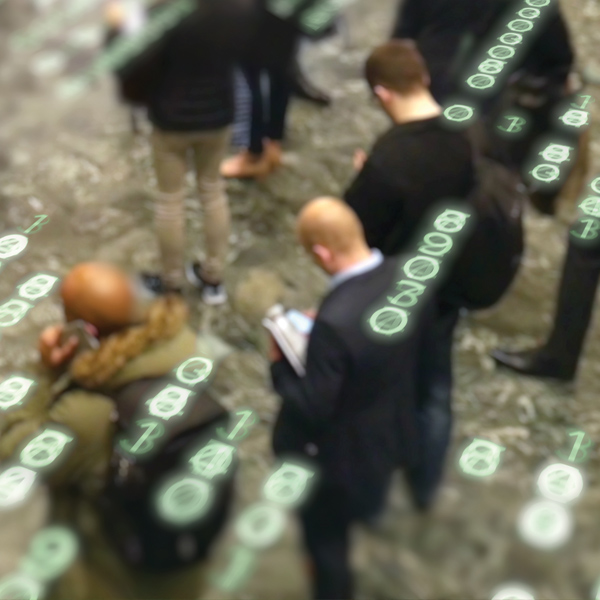MacArthur Island opened today in the virtual world of Second Life. The island is a new laboratory for MacArthur’s two-year exploration of virtual worlds, led by the University of Southern California and the nonprofit Global Kids.
MacArthur Island is designed as an alternative space to educate grantees and others about the potential for philanthropy in virtual worlds and allow grantees and Foundation partners to showcase their work and connect with new audiences. The new island is located adjacent to an archipelago in Second Life dedicated to the public good, called the Nonprofit Commons. Visitors to MacArthur Island can interact with installations created about the work of MacArthur and its grantees. They include a giant pair of 3D headphones that visitors can use to listen to stories by independent radio producers as part of Public Radio Exchange, and a map about Chicago neighborhoods through which visitors can learn about a comprehensive community development effort being carried out in Chicago.
“We are just beginning to understand the potential of virtual worlds for social good, and MacArthur Island will make it possible for us to take the next steps in our investigation,” said MacArthur President Jonathan Fanton. “Although the use of virtual worlds is exploding, we need to better understand when and how nonprofits should invest their scarce resources. Now is the time to do this work. Philanthropy should be an active player as these new spaces take shape.”
The island’s opening was marked with a public conversation about virtual worlds and philanthropy between one of Second Life’s founders and Executive Vice President of Digital Marketing for EMI Music worldwide, Cory Ondrejka, and MacArthur’s President Jonathan Fanton. The event was produced by Global Kids.
Virtual worlds, such as Second Life and Whyville, are user-created 3D communities that allow users to connect with real people from all around the world. Participants engage using avatars, or simulated representations of their physical selves, which they can manipulate using their computer to fly from island to island, talk with others, and even show emotion. Virtual worlds have been especially powerful for communities that are spread out across the globe to convene on issues of shared interest, and have also been used for fundraising, spreading awareness and increasingly for education.
The island is the latest of a series of MacArthur-supported projects carried out over the past two years to explore the power of virtual spaces for social good. They include a number of MacArthur-hosted events in virtual worlds on a range of issues from human rights to community development. With MacArthur support, the University of Southern California held a community challenge to identify new projects that promote the public good in the physical and virtual worlds. Winning proposals were each awarded 100,000 Linden dollars (Second Life currency equivalent to approximately $400 USD) and a plot of land in Second Life to build their projects. On the teen platform of Second Life, MacArthur grantee Global Kids worked with the Chicago-based Field Museum on “I Dig Tanzania,” a project to engage young people in paleontology. Most recently, the Foundation supported the Field Museum in launching WhyReef, a virtual reef to help teens understand marine biodiversity while building science literacy.
The exploration of virtual worlds is part of the Foundation’s $50 million digital media and learning initiative, which seeks to help determine how digital technologies are changing the way young people learn, play, socialize, and participate in civic life. Answers are critical to developing the social institutions that can meet the needs of this and future generations.





